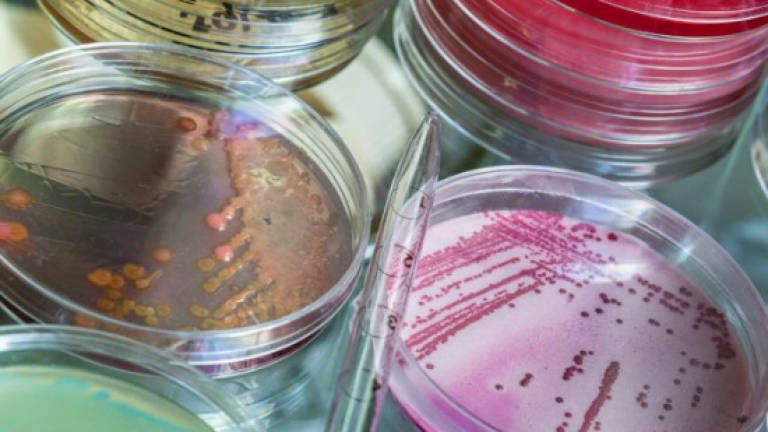Modified strain of gut bacteria used to combat obesity

INSPIRED by previous studies on the subject, a team of researchers at Vanderbilt University in Nashville tested a strain of safe bacteria that has been used to treat diarrhea since its discovery 100 years ago.
The resulting success, using mice as subjects, suggests a probiotic treatment for obesity may soon be a reality. Despite regulatory issues that need to be addressed before human studies can be conducted, senior study investigator Sean Davies, Ph.D., assistant professor of pharmacology at Vanderbilt, remains confident that things are moving in the right direction.
"This paper provides a proof of concept," says Davies, who in 2007 received a National Institutes of Health Director's New Innovator Award to develop and test the idea.
"Clearly, we can get enough bacteria to persist in the gut and have a sustained effect."
Davies says his objective was beyond mere analysis of certain gut bacteria's effects, which have shown promise in combatting obesity in many studies.
Rather, his team employed genetic modification of the E. coli Nissle 1917 strain, producing a naturally occurring lipid called NAPE which ignites a biological pathway leading to reduced appetite and also inhibits weight gain.
"The types of bacteria you have in your gut influence your risk for chronic diseases," Davies said.
"We wondered if we could manipulate the gut microbiota in a way that would promote health."
This sort of manipulation of safe bacteria, performed either through genetic modification or biological engineering, as in the case of an Irish study published in 2010, is not new, although Davies' recent success is highly promising.
In the study, researchers put mice on a high-fat diet, which they say can inhibit natural NAPE production, and then added NAPE to their mice's drinking water.
The test group, which had access to the charmed NAPE-fortified water, showed reduced food intake, body fat, insulin resistance and fatty liver when compared to the control group, which received non-modified bacteria.
The positive results lasted four weeks after NAPE was removed from the water source, and the test group was still healthier than the control group 12 weeks later, although Davies hopes to be able to produce lasting results in future research.
"We still haven't achieved our ultimate goal, which would be to do one treatment and then never have to administer the bacteria again," says Davies.
"Six weeks is pretty long to have active bacteria, and the animals are still less obese 12 weeks out."
The reduction of the fatty liver condition, well known to occur in the obese, suggests potential therapeutic use for such bacteria beyond the gut.
According to Davies, his team is at work to further modify the bacteria in hopes to circumvent regulatory issues and begin human clinical trials. The study was published in the Journal of Clinical Investigation. – AFP Relaxnews